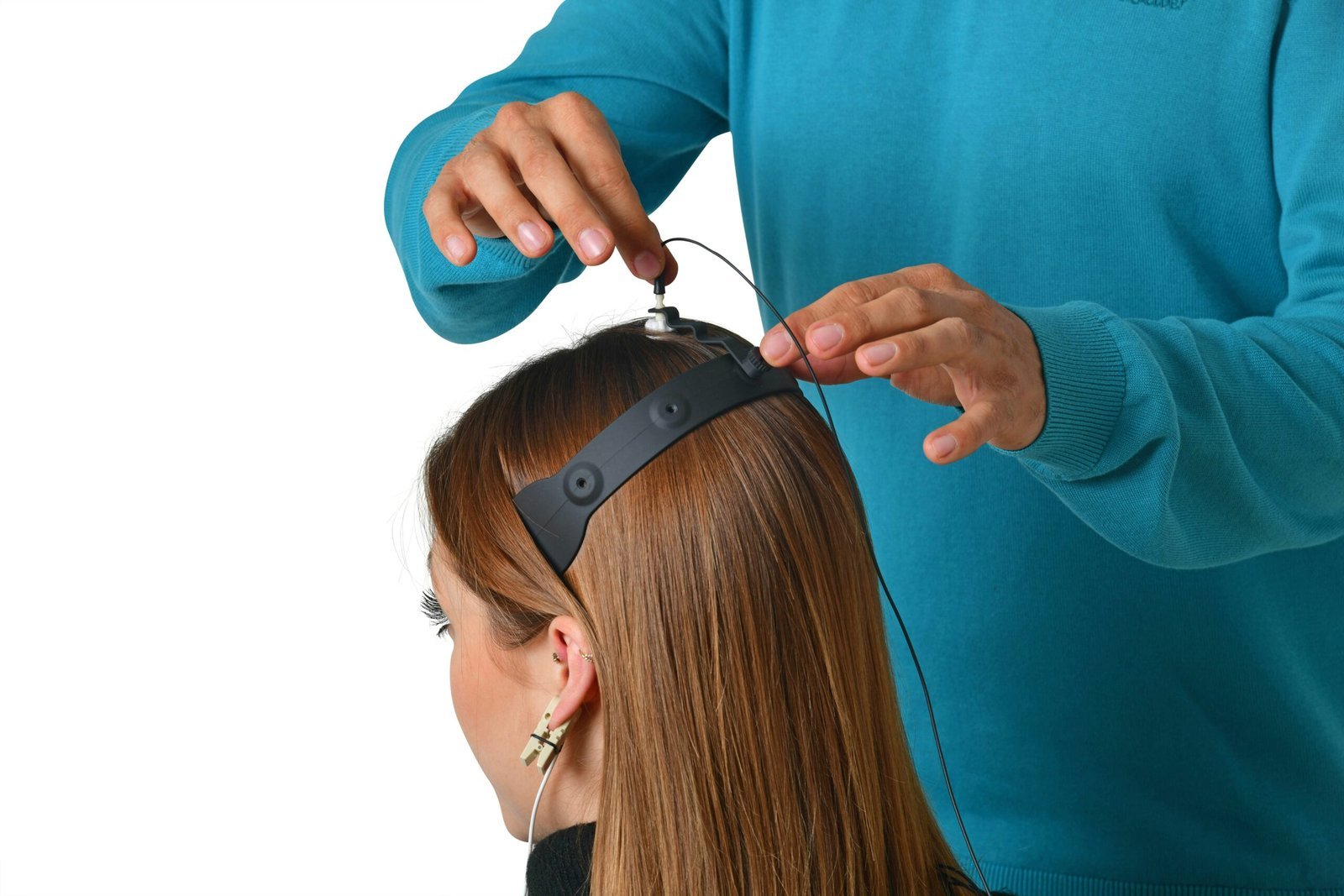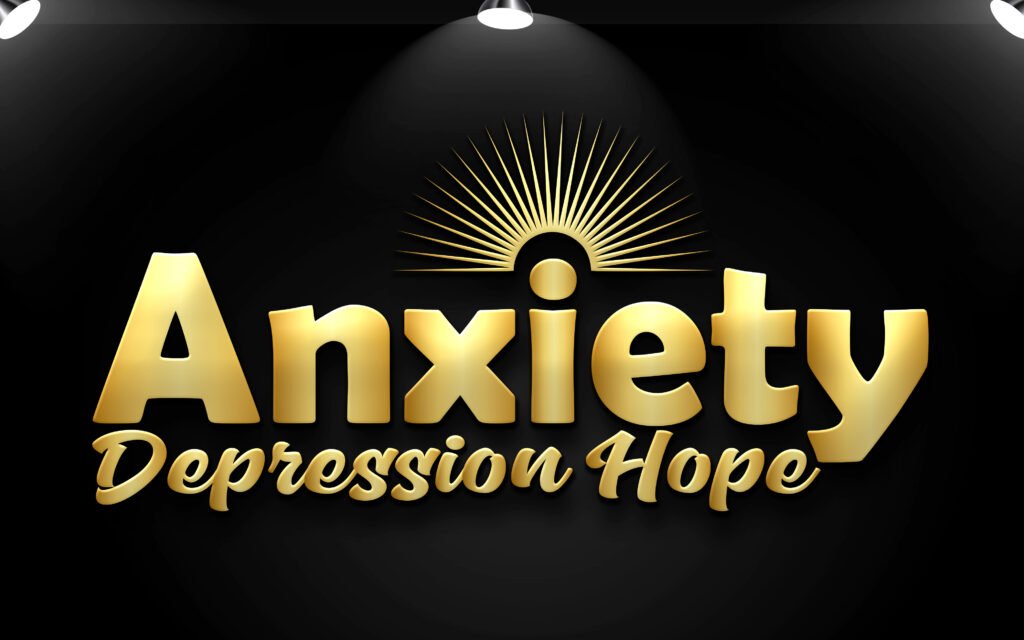Rewire Your Brain: The Power of Neurofeedback Therapy

What is Neurofeedback Therapy?
Neurofeedback therapy, also known as EEG biofeedback, is a non-invasive therapeutic approach designed to enhance brain function by monitoring and training an individual’s brainwave patterns. This innovative method leverages electroencephalography (EEG) technology to provide real-time data about brain activity. The core principle of neurofeedback is rooted in the concept of operant conditioning, where individuals learn to self-regulate their brain activity to achieve desired mental states such as relaxation, focus, or attentiveness.
The process typically begins with the placement of electrodes on the scalp to measure electrical activity in the brain. These electrodes capture brainwave data, which is then displayed on a computer screen or through auditory feedback. Clients engage in various tasks or exercises during these sessions, such as watching videos or playing games that respond to their brain activity. As individuals progress, they receive immediate feedback regarding their brainwave states, enabling them to understand how to modify their mental processes in real time.
Neurofeedback therapy aims to guide clients toward a state of enhanced mental clarity, emotional stability, and cognitive efficiency. By learning to control their brainwave patterns, individuals may cultivate improved concentration, reduced anxiety, and better sleep quality. The ultimate objective is to empower clients with the knowledge and skills necessary to achieve self-regulation of their brain functions, fostering long-term mental wellness. This process demystifies neurofeedback by making it accessible and comprehensible, showing its potential as a valuable tool for personal development and psychological health. Consequently, the therapy serves as a bridge between neuroscience and practical wellness strategies, emphasizing the dynamic potential of the human brain.
The Science Behind Neurofeedback Therapy
Neurofeedback therapy, a non-invasive treatment method, leverages the principles of neurophysiology to promote cognitive and emotional well-being. At the core of this therapy lies the understanding of brainwaves, which are electrical impulses that reflect the collective activity of neurons in the brain. These brainwaves are categorized into different types, namely delta, theta, alpha, beta, and gamma, each associated with various mental states and functions. Neurofeedback aims to train individuals to regulate these brainwaves consciously, fostering improvements in mental health.
During a neurofeedback session, sensors are placed on the scalp to measure the brain’s electrical activity, which is then displayed in real-time on a monitor. This feedback allows individuals to gain insight into their brain function and learn to alter their brainwave patterns consciously. For instance, someone dealing with anxiety may benefit from increasing alpha wave activity, which is linked to relaxation and calmness. Conversely, decreasing excessive beta waves can help those who struggle with impulsivity and hyperactivity.
Recent advancements in Electroencephalogram (EEG) technology have significantly enhanced the effectiveness of neurofeedback therapy. Innovations have led to more precise monitoring of brain activity, enabling practitioners to customize treatment plans more effectively. These developments have not only improved the therapy’s efficacy but have also made it more accessible to a broader range of individuals, from those with attention disorders to individuals undergoing stress and trauma recovery.
As research continues to uncover the neurophysiological mechanisms involved in neurofeedback, it becomes increasingly evident that this therapy is a promising tool for re-patterning the brain’s pathways. By fostering greater self-regulation of brainwaves, individuals can experience tangible improvements in various aspects of mental health, underscoring the transformative potential of neurofeedback therapy.
Applications of Neurofeedback Therapy
Neurofeedback therapy has emerged as a versatile treatment option for various psychological conditions, with evidence supporting its effectiveness in addressing anxiety, post-traumatic stress disorder (PTSD), and depression. This innovative approach leverages real-time monitoring of brain activity to train individuals to modify their brain function, thereby promoting emotional regulation and mental well-being.
In the case of anxiety disorders, clinical studies have shown that neurofeedback can significantly reduce symptoms by helping patients learn to increase alpha brain wave activity, which is associated with relaxation and calmness. Research indicates that patients undergoing neurofeedback therapy demonstrate a marked decrease in anxiety levels, as documented in numerous clinical trials. Such findings underscore the therapy’s potential as a viable alternative or complement to traditional anxiety treatments, such as medication and cognitive behavioral therapy.
Neurofeedback has also gained attention in the treatment of PTSD, where individuals frequently experience intrusive memories and hyperarousal. Anecdotal evidence suggests that patients receiving neurofeedback training report fewer PTSD symptoms and an enhanced sense of control over their emotional responses. Clinical evaluations have presented promising results, indicating reductions in PTSD-associated anxiety and improved sleep patterns, thereby suggesting that neurofeedback may facilitate a more resilient mental state.
Furthermore, the application of neurofeedback in treating depression is gaining traction among mental health professionals. Numerous studies reveal that individuals with major depressive disorder benefit from neurofeedback by enhancing their ability to regulate brain waves connected to mood states. Testimonials from patients highlight significant improvements in mood and overall quality of life following neurofeedback sessions.
These applications demonstrate that neurofeedback therapy holds substantial promise for individuals struggling with anxiety, PTSD, and depression. As research continues to proliferate, neurofeedback may become an established treatment modality, offering hope and healing for many seeking relief from their mental health challenges.
Getting Started with Neurofeedback Therapy
For those interested in exploring the benefits of neurofeedback therapy, taking the first steps can seem daunting yet exciting. An initial session typically begins with a consultation, where the practitioner will assess the individual’s specific needs and goals. During this meeting, clients can expect to discuss their health history, symptoms, and what they hope to achieve through therapy. After this assessment, the practitioner will explain the neurofeedback process and how it can help address certain conditions such as anxiety, ADHD, or PTSD.
The actual neurofeedback training sessions are non-invasive and generally last between 30 to 60 minutes. During the session, sensors are placed on the scalp to monitor brain activity, which is then processed in real time. Clients usually watch a screen that features games or visual stimuli that respond to their brainwave activity. This interaction encourages positive changes in brain function as the client learns to regulate their mental states.
As for the costs involved, prices can vary significantly depending on the geographic location and the practitioner’s expertise. On average, a session may range from $75 to $200, and packages for multiple sessions may be available at discounted rates. It is essential for prospective clients to consider their budgets and check with their insurance providers to see if neurofeedback therapy is covered.
Finding qualified practitioners is crucial. Look for licensed professionals with experience in neurofeedback therapy. Many practitioners have websites that provide valuable information about their qualifications and approaches. Importantly, establishing ongoing support and follow-up sessions enhances the therapy’s effectiveness, ensuring clients continue progressing over time.
For individuals interested in dove-tailing their neurofeedback journey with community resources, local support groups or online forums can be beneficial. They provide additional information and opportunities for shared experiences. By taking advantage of these resources, individuals can deepen their understanding and optimize their neurofeedback therapy experience.

